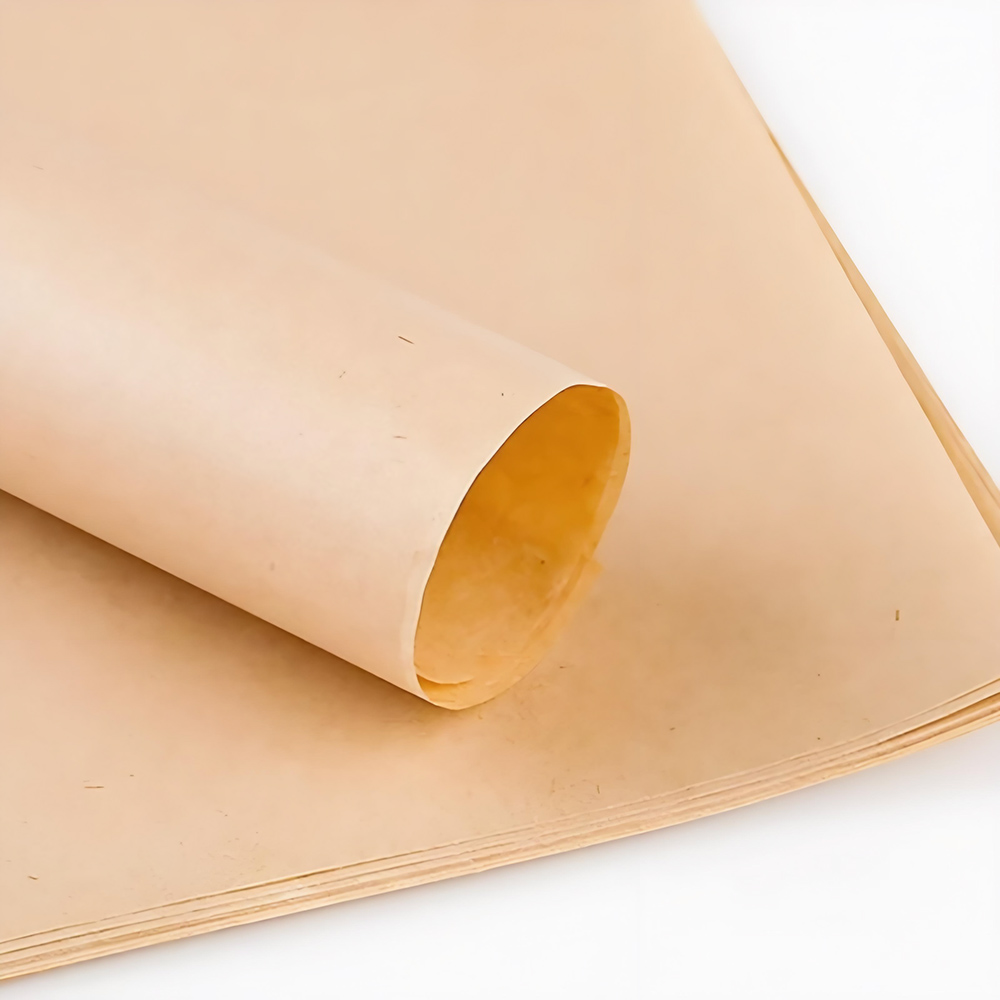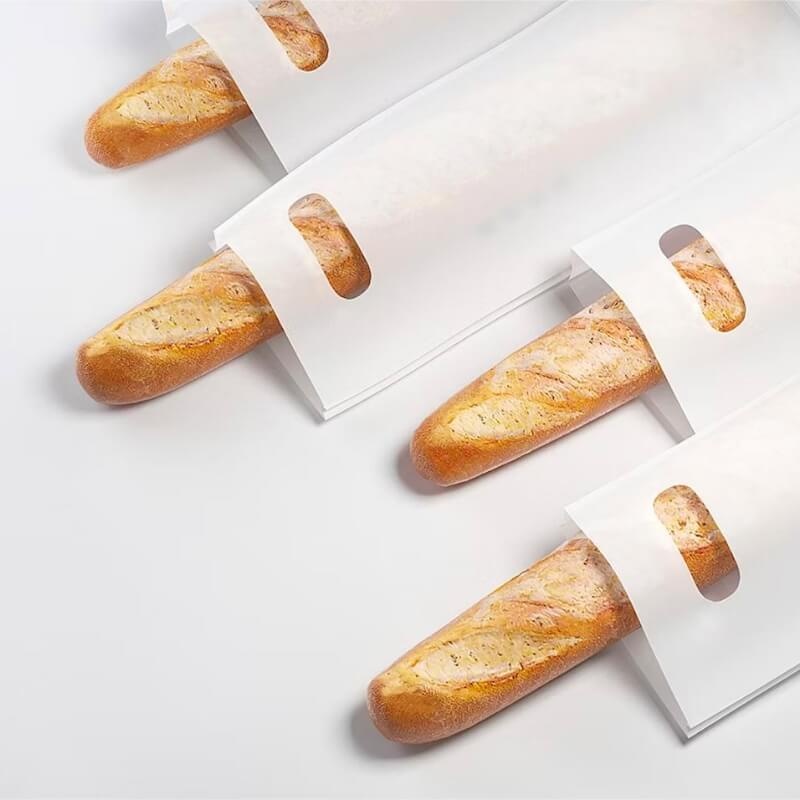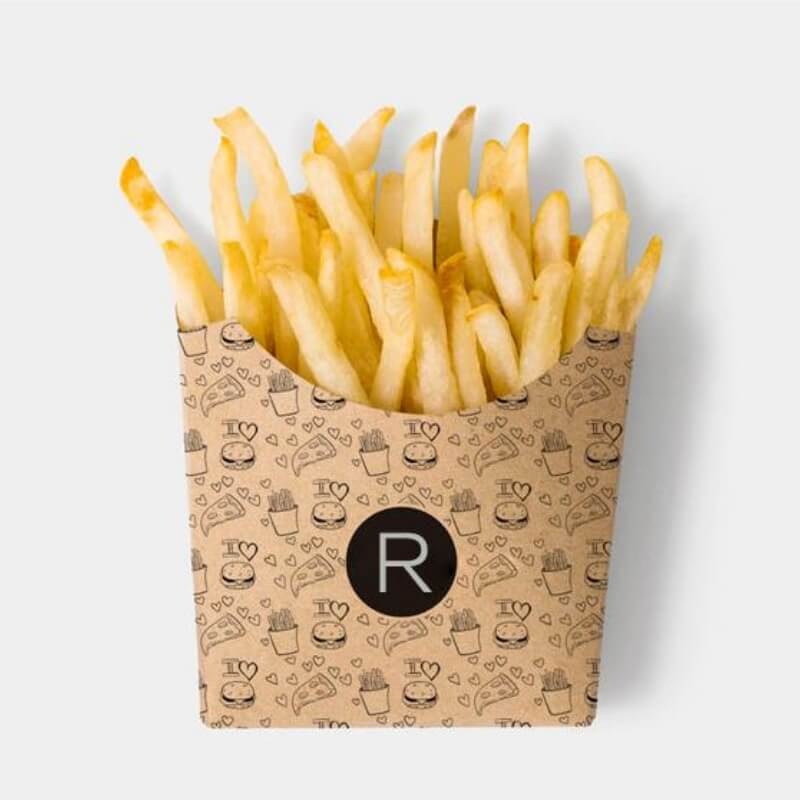Ordinary oil-proof paper
Food Safe Grease-Proof Paper is a high-performance packaging solution designed for oily foods. Made from 100% virgin wood pulp, it meets strict food safety standards in China, the U.S., and Europe. Enhanced with fluorine for superior oil resistance, this paper effectively prevents grease penetration, keeping food fresh and maintaining clean packaging. Ideal for items like French fries, fried chicken, and other fried snacks, it offers both durability and hygiene for reliable, food-safe use.
Product Feature:
It meets the food safety standards of China, the United States, and the European Union, and is made from 100% raw wood pulp with high oil-resistant characteristics.
Product Application:
French fries, fried chicken and other oily food packaging
Application Scenario
Product Details
What Material is Oil-proof Paper?
Oil-proof paper, also greaseproof paper, is usually made from wood pulp fibers (like kraft paper). They are processed to reduce porosity, preventing oil and grease from soaking through. Some oil-proof papers are also treated with coatings like silicone or fluorochemicals, which can enhance their resistance, while others rely on physical refinement, such as extended pulp beating to create a dense, smooth surface. For high-temperature applications, such as baking, parchment paper is a common oil-proof option due to its silicone or quilon (salt-treated) coating.
How do Factories Make them Oil-resistant?
Factories make paper oil-resistant by using a combination of specialized pulp processing and chemical treatments.
The process typically starts with high-quality wood pulp. They are heavily refined to be broken down and create a dense, tightly bonded structure, which surely resists oil penetration. Some manufacturers further enhance this resistance by applying coatings such as silicone or fluorochemicals. In some cases, the paper undergoes supercalendering—a high-pressure polishing process—to smooth the surface and reduce porosity.
The exact method depends on whether the paper is intended for food packaging, industrial use, or other specialized applications.
Is Oil-proof Paper and Parchment Paper the Same?
Generally, parchment paper is made for baking, while oil-proof paper is made for oil resistance. The Chosen is based on your specific needs.
Oil-proof paper and parchment paper are not the same, even though they may look similar and are both used in food-related contexts.
Parchment paper is coated with silicone, making it non-stick, heat-resistant, and mildly grease-resistant—ideal for baking and oven use. However, it’s not fully oil-proof. Oil-proof paper, on the other hand, is specifically designed to resist oil and grease, often used for wrapping oily foods like fried chicken, burgers, or pastries. It offers stronger oil resistance but may not be suitable for high-temperature baking.



